Dragon's Fire Hot Sauce: The DIY Gift That Brought Fire-Breathing Heat to My Nephew's 15th Birthday
When your mom tells you the peppers in her garden are too hot to handle, you know you've got something special on your hands. When your nephew turns 15 and happens to be both a D&D fanatic and a hot sauce enthusiast, the universe practically writes the gift idea for you. That's how Dragon's Fire Hot Sauce was born—a homemade hot sauce that combined garden-fresh ingredients, a little family storytelling, and enough kick to make a dragon proud.
The Garden That Started It All
Spring in Connecticut brought more than just warming weather—my mom and I rolled up our sleeves and planted a garden. We're talking tomatoes, peppers, herbs, and all the good stuff that makes you feel like you've accomplished something real. The hot peppers came up strong, producing beautiful cherry peppers that looked innocent enough but packed serious heat.
Fast forward to late summer, and Mom delivered the news: "These peppers are way too hot for me. You need to do something with them." Challenge accepted. With a harvest of cherry peppers, ripe tomatoes, and a nephew's birthday on the horizon, the pieces started coming together.
Connecting the Dots: D&D Meets Hot Sauce
My nephew Walker was turning 15, right at that age where gift-giving gets tricky. But I knew two things about this kid: he loved Dungeons & Dragons, and he was getting curious about hot sauce. Not the mild stuff either—he wanted the real deal, the kind that makes your eyes water and your taste buds wake up.
That's when it hit me. Why buy some generic hot sauce when I could make something unique? Something that combined his interests, used our homegrown ingredients, and came with a story he'd actually remember. Dragon's Fire Hot Sauce was about to become reality.
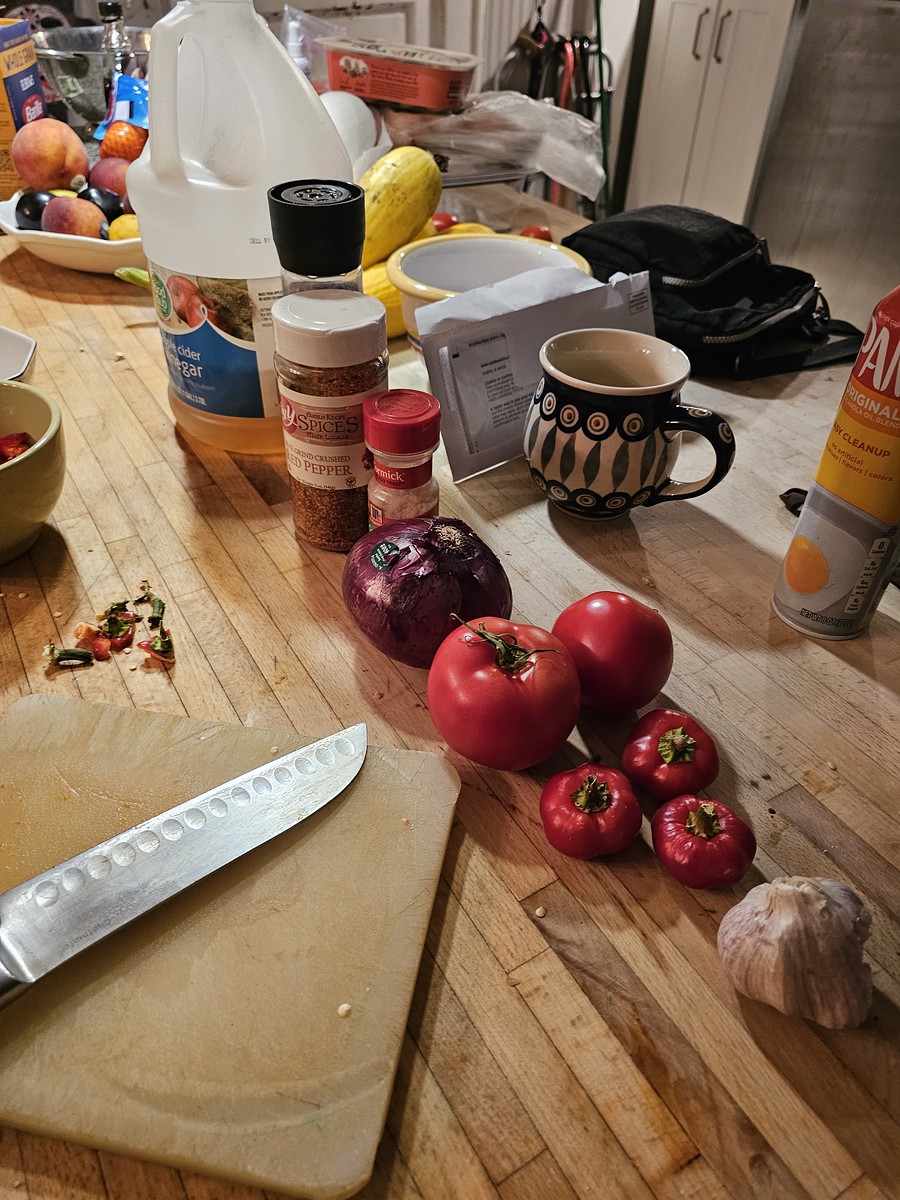
The Recipe: Fire-Breathing Flavor in a Bottle
Making homemade hot sauce isn't rocket science, but it does require patience and a willingness to taste-test your way to perfection. Here's the recipe I developed through trial and error.
What You'll Need:
Main Ingredients: - 4-5 cherry peppers, stems removed, roughly chopped - 1/2 medium red onion, diced - 2-3 fresh garlic cloves, minced - 2 medium tomatoes, diced - 1-2 tablespoons crushed red pepper - 1/3 cup apple cider vinegar - 1/2 teaspoon salt - Oil or butter for sautéing
The Process: Building Layers of Heat
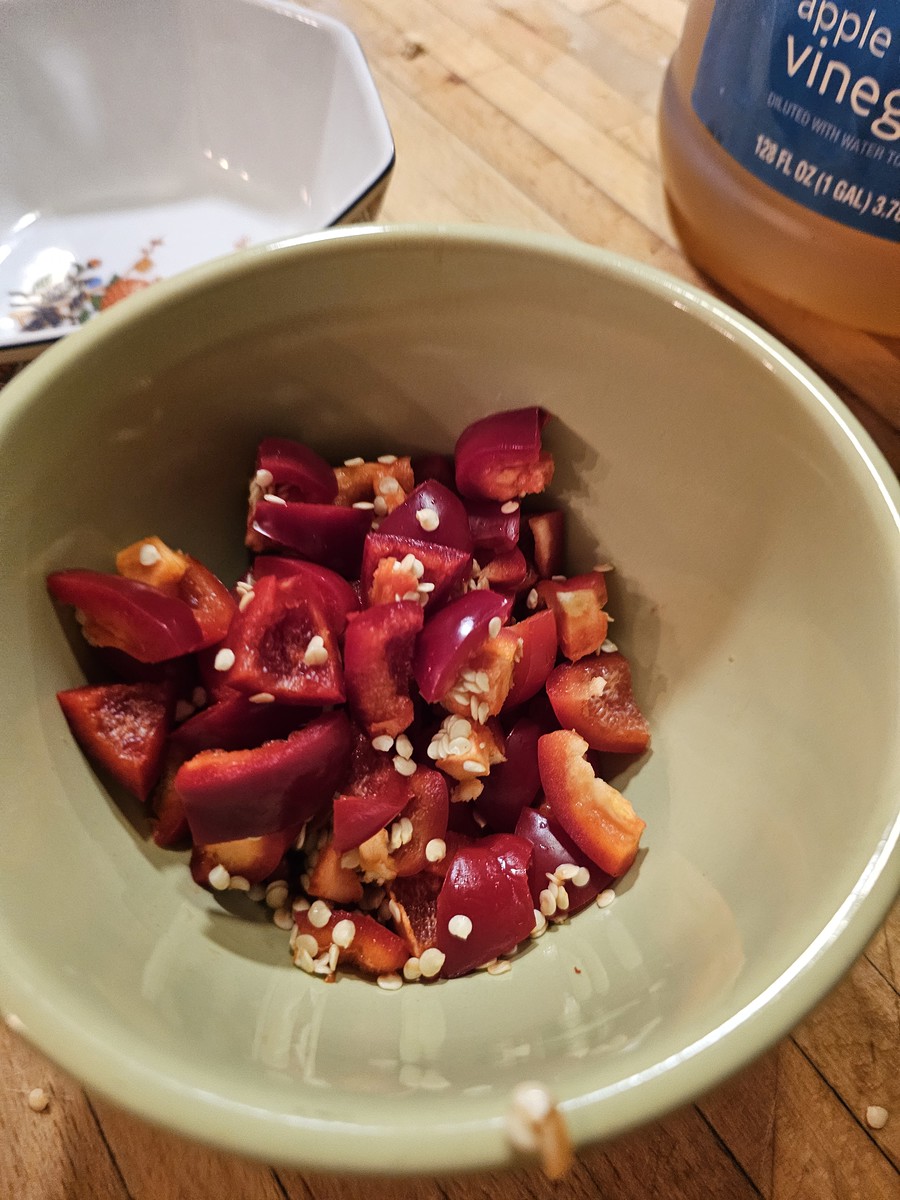
Step 1: Prep Work
Start by prepping your ingredients. Remove the stems from those cherry peppers and chop them roughly. Here's a pro tip: keep the seeds if you want serious heat, remove them if you want to dial it back. I kept mine in because Walker wanted the full dragon experience.
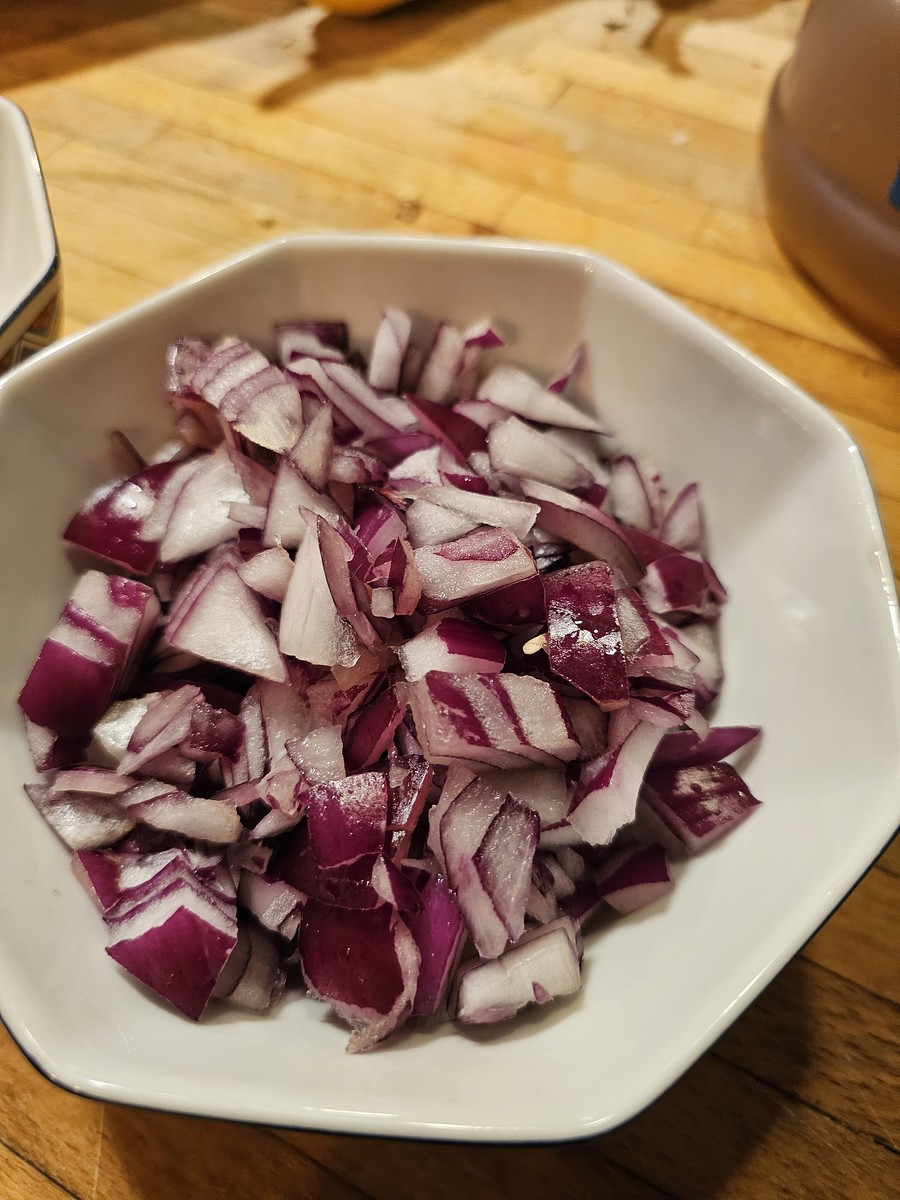
Dice the red onion, mince the garlic, and dice those garden-fresh tomatoes. Having everything ready before you start cooking makes the whole process smoother.
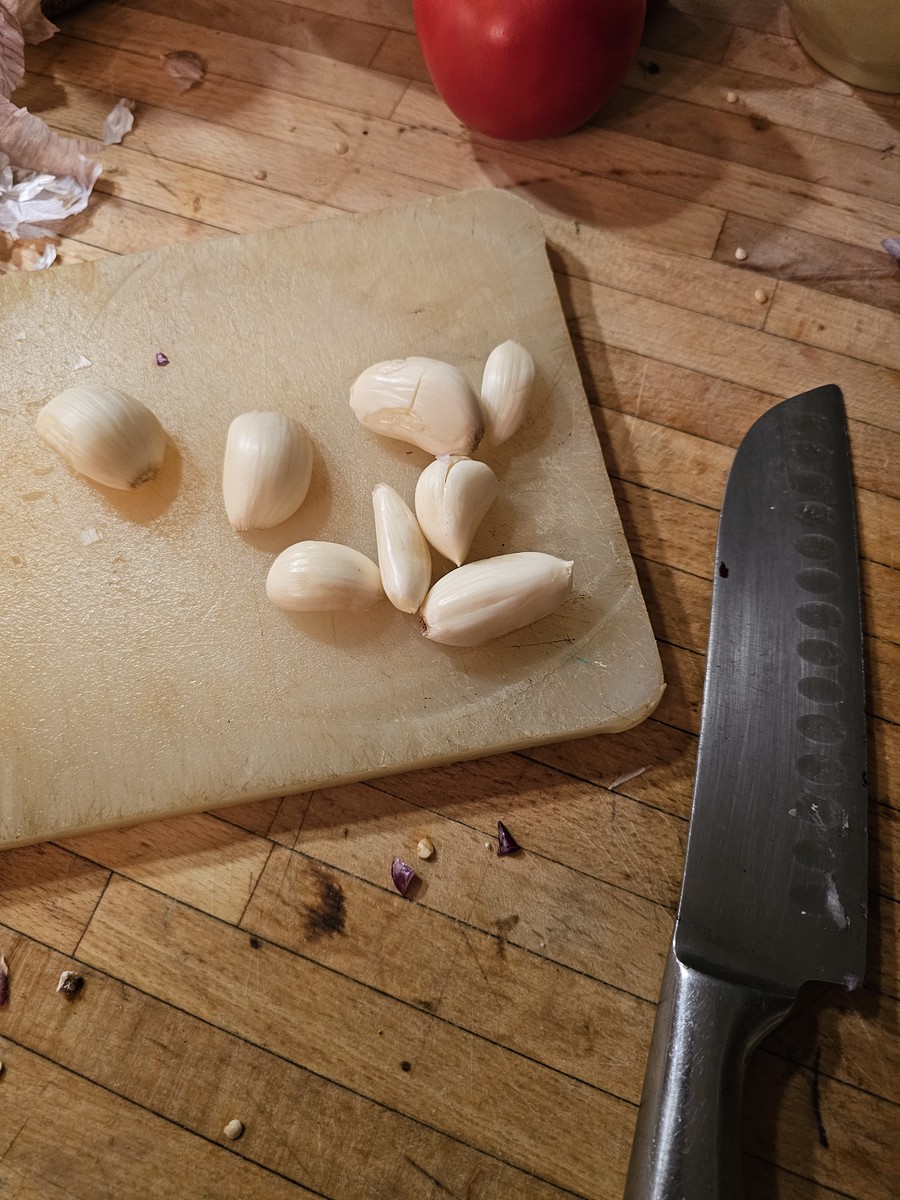
Step 2: Build the Flavor Base
Heat your pan over medium heat and add just enough oil or butter to coat the bottom. When the oil shimmers or the butter stops foaming, toss in that diced red onion. Cook it for about 5 minutes, stirring occasionally, until it softens and turns translucent.
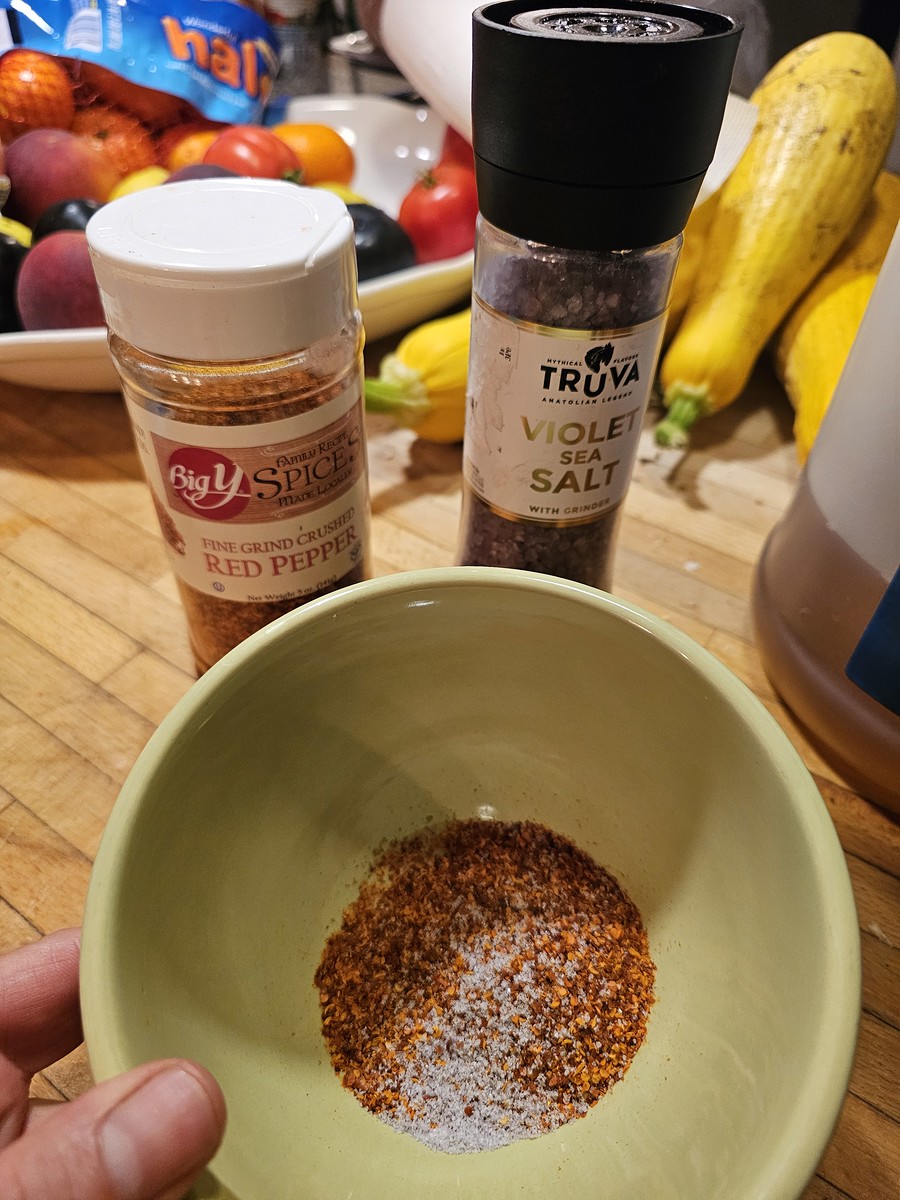
Add the minced garlic and cook for just 30 seconds—garlic burns fast and bitter garlic ruins everything. You want it fragrant, not charred.
Step 3: Cook Down the Goods
Now add those cherry peppers and tomatoes to the pan. Cook uncovered on medium heat for 8-10 minutes, stirring occasionally. The tomatoes will break down, the peppers will soften, and you'll watch some of that liquid cook off. This concentrates the flavors and keeps your sauce from being watery.
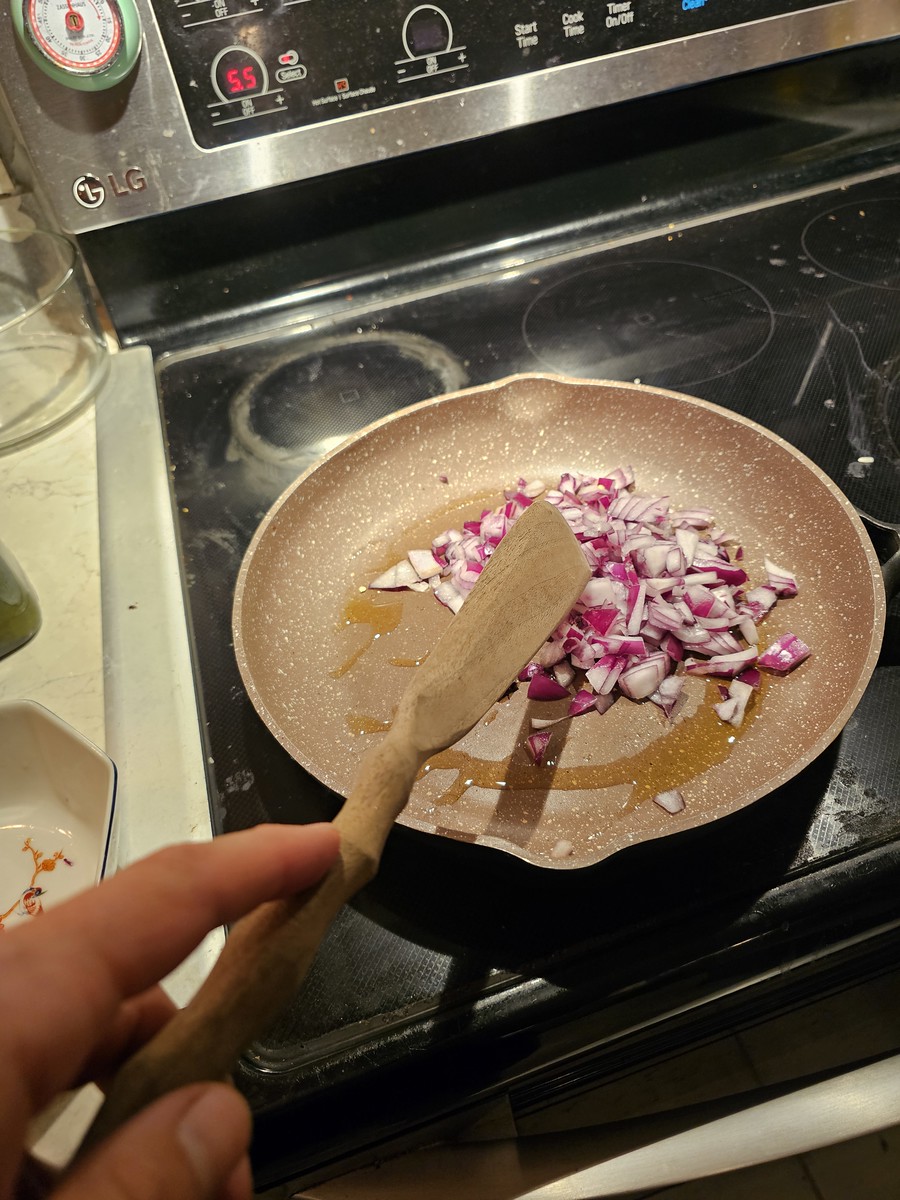
Step 4: Season Smart
Start with a small amount of crushed red pepper and a pinch of salt. You can always add more later, but you can't take it back once it's in there. Stir everything together and let those flavors get acquainted.
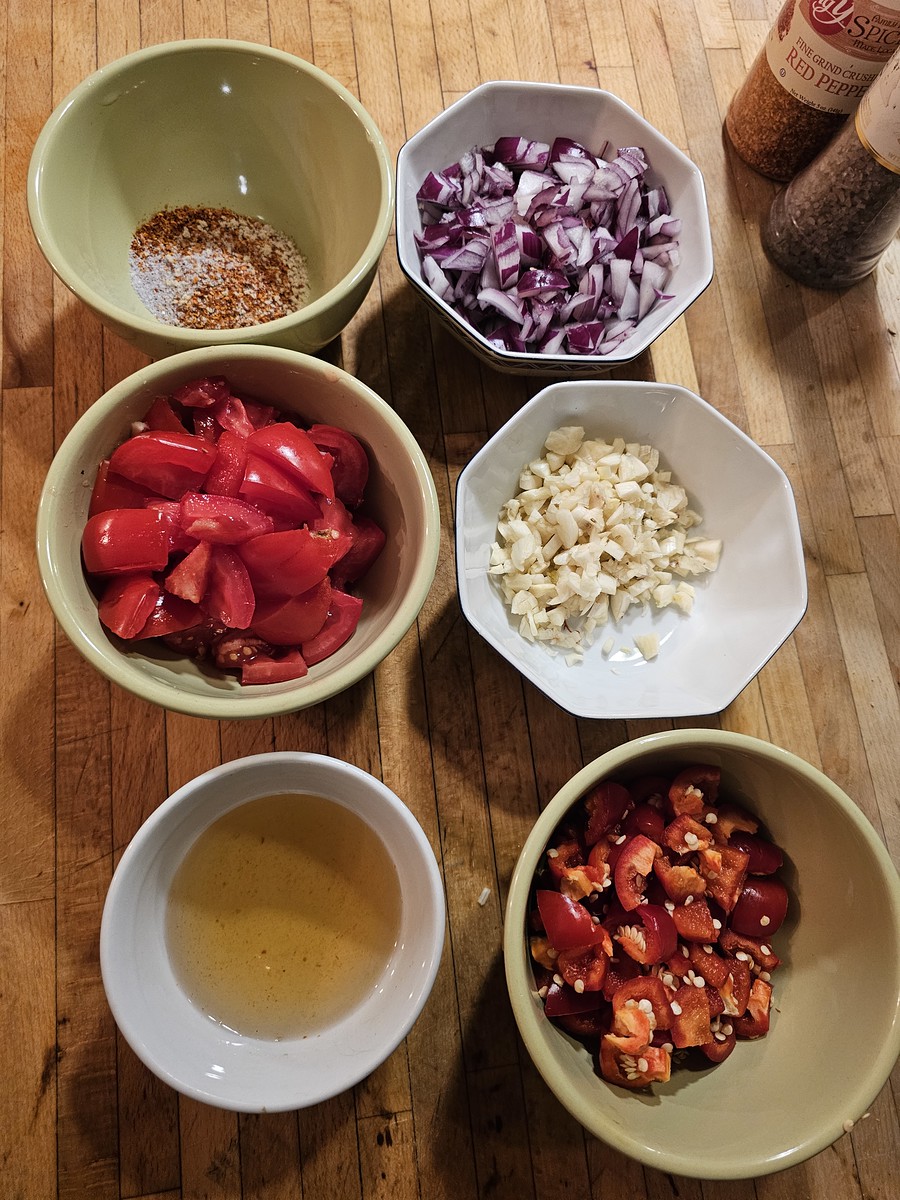
Step 5: Blend It Smooth
Add the apple cider vinegar to the pan—this is what gives hot sauce that tangy kick and helps preserve it naturally. Transfer everything to a blender and blend until smooth. Or leave it chunky if that's your style.
Here's the critical part: taste it now. Add more crushed red pepper for heat, more salt if it tastes flat, or more vinegar if you want more tang. This is where you make it yours.
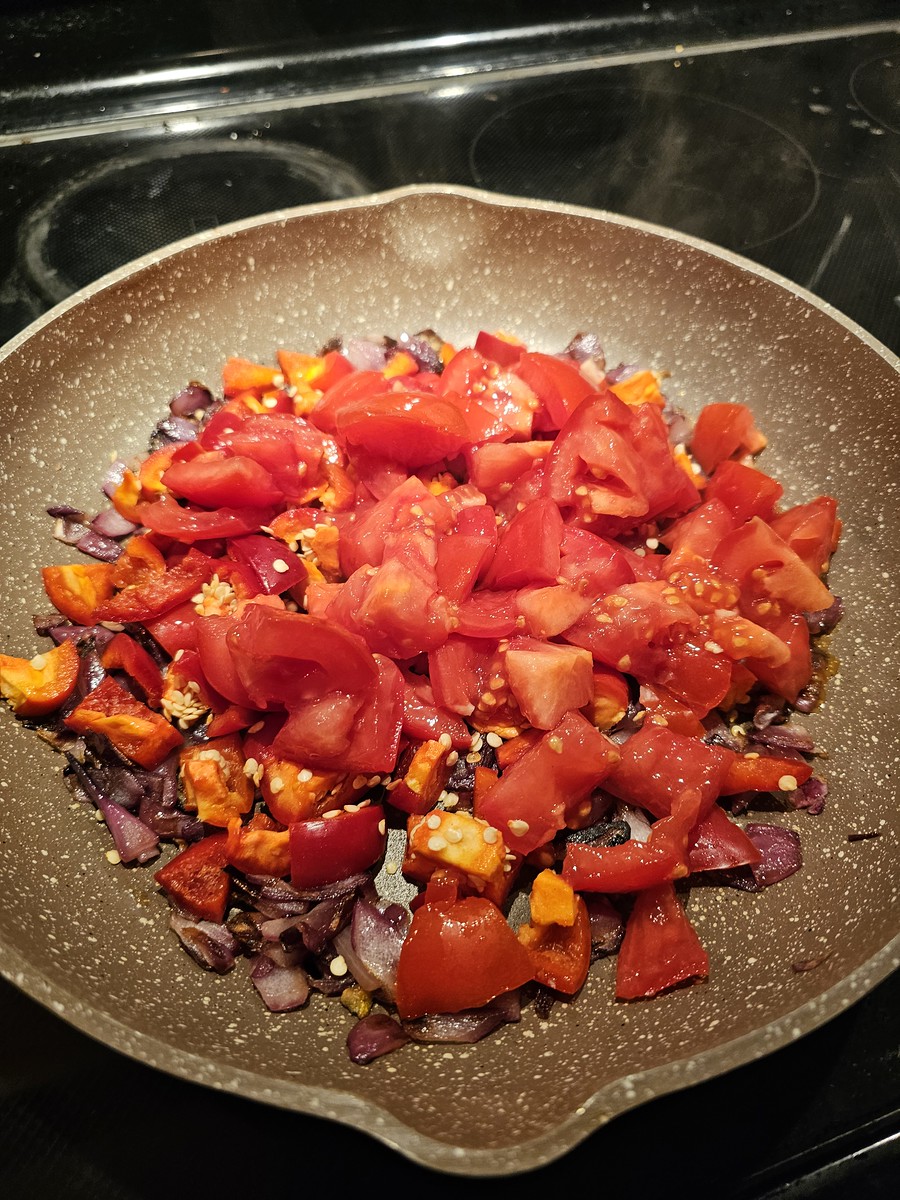
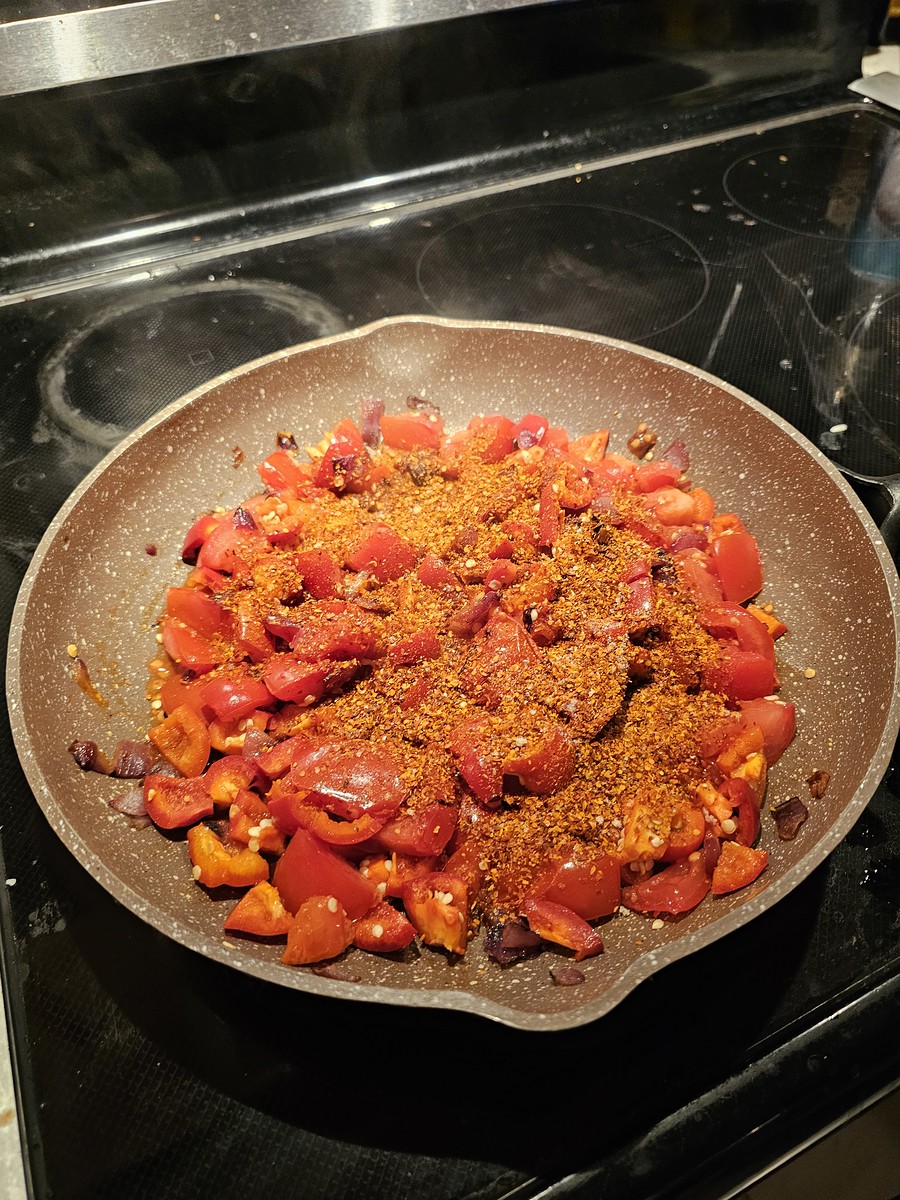
Step 6: Final Simmer
Return the blended mixture to the pan and simmer uncovered on low-medium heat for 10-15 minutes. This step melds all those flavors together and thickens the sauce slightly. Stir it occasionally to keep it from sticking.
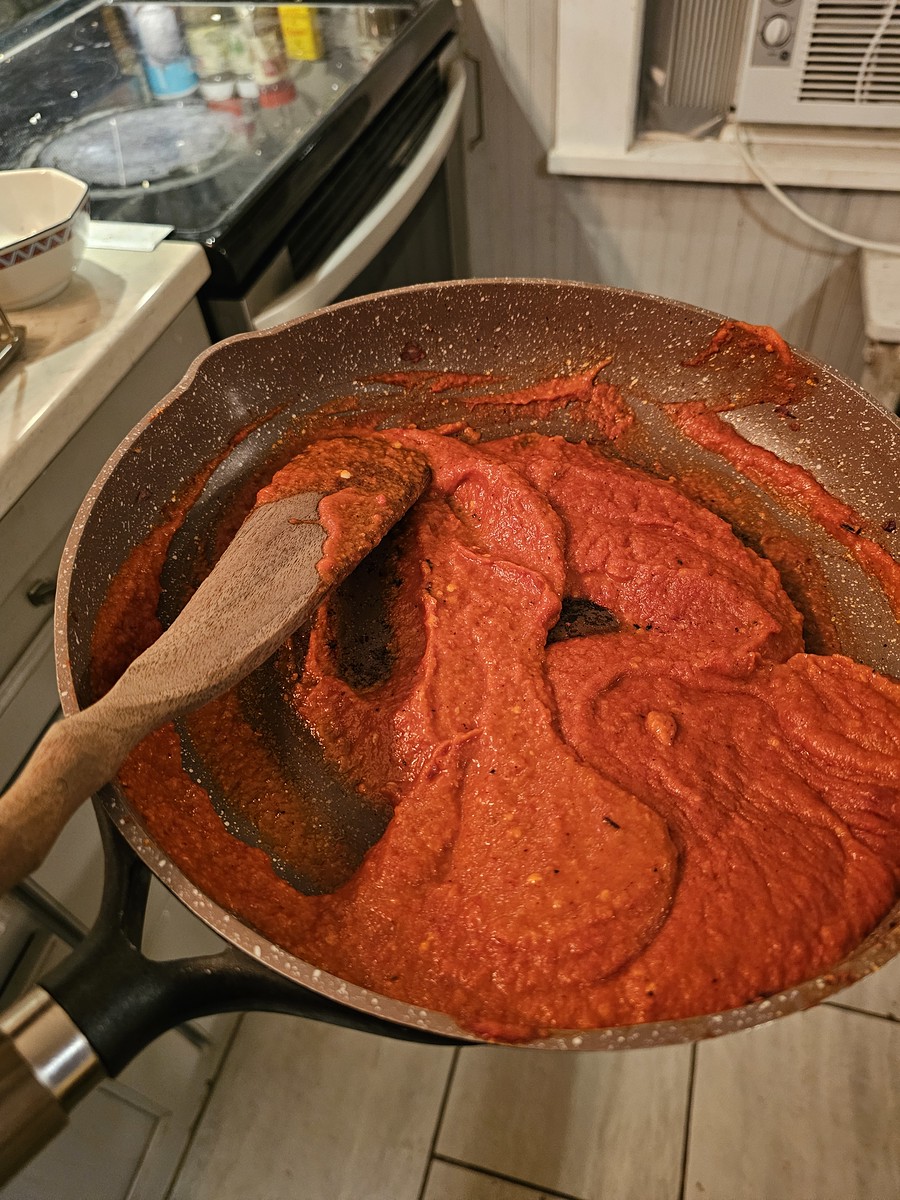
Step 7: Strain (Optional)
For a smooth, pourable sauce, strain it through fine mesh or cheesecloth, pressing to extract all the liquid. I did this step because I wanted that professional hot sauce consistency. Skip it if you prefer chunky sauce.
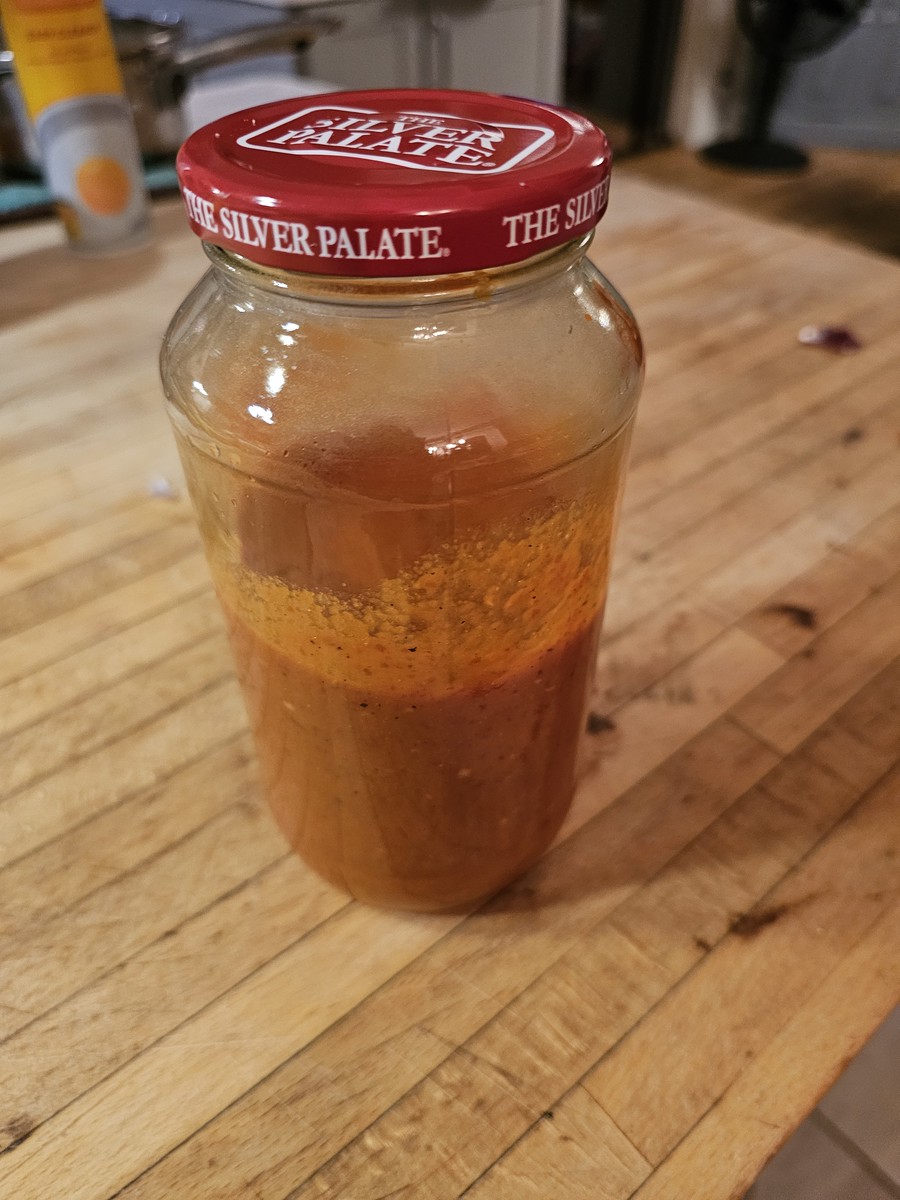
Step 8: Cool and Bottle
Let the hot sauce cool completely before bottling. Pour it into clean glass jars or bottles. Label it properly with ingredients and the date—this stuff lasts 2-3 months in the fridge thanks to the vinegar.
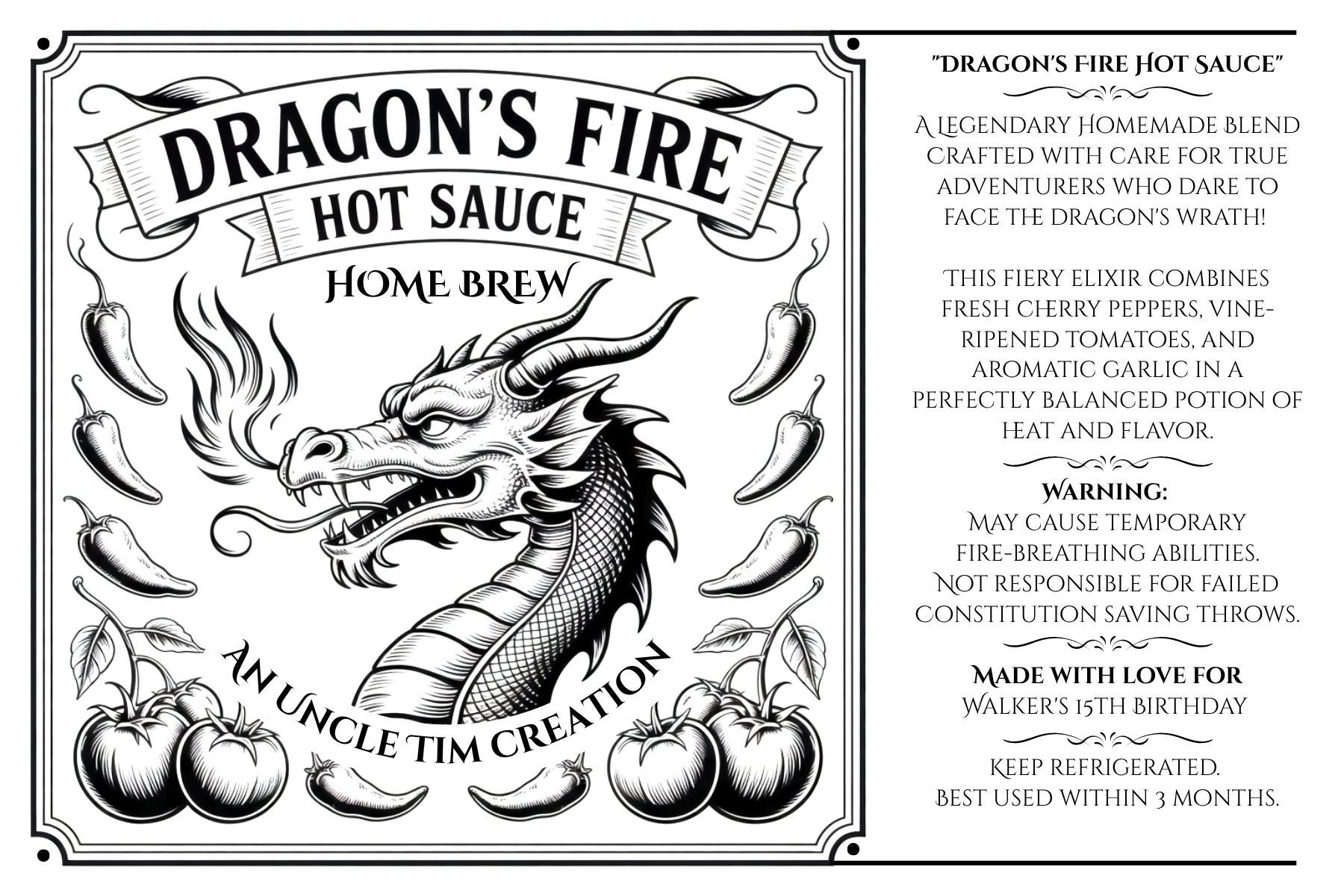
The Label: Making It Legendary
Anyone can make hot sauce, but not everyone can make it legendary. I designed a custom label that brought the whole concept together. The Dragon's Fire label featured a fierce dragon surrounded by peppers and tomatoes, with text that read like something straight out of a fantasy campaign:
"A legendary homemade blend crafted with care for true adventurers who dare to face the dragon's wrath! This fiery elixir combines fresh cherry peppers, vine-ripened tomatoes, and aromatic garlic in a perfectly balanced potion of heat and flavor."
The warning section kept the theme going: "May cause temporary fire-breathing abilities. Not responsible for failed constitution saving throws."
And the personal touch: "Made with love for Walker's 15th birthday" and "An Uncle Tim Creation."
I printed it on quality paper, attached it to the jar with some twine tied around the top, and suddenly this wasn't just hot sauce—it was an experience.

The Real Test: Taste and Response
After all the blending, simmering, and bottling, the moment of truth arrived. The sauce had that perfect balance—enough heat to make you respect it, but not so much that you couldn't taste the layers of flavor underneath. The cherry peppers brought fruity heat, the tomatoes added body, the garlic gave depth, and the vinegar tied it all together with tang.
Walker loved it. Actually, everyone who tried it loved it. The combination of homegrown ingredients, personalized packaging, and genuine effort made it more than just a condiment—it became a story, a memory, and proof that sometimes the best gifts come from your own kitchen.
Why Homemade Hot Sauce Makes Sense
Look, you can buy hot sauce at any store. You can even buy fancy craft hot sauce with clever names and premium prices. But there's something different about making it yourself, especially when you're giving it as a gift.
It's Personal: You're not just handing someone a bottle—you're giving them something you made with your own hands, using ingredients you grew or carefully selected.
It's Customizable: You control the heat level, the flavor profile, and the ingredients. No weird preservatives or additives, just real food transformed into something special.
It Tells a Story: Every bottle has a narrative. In this case, it connected a garden, a nephew's interests, and a little creative thinking into one memorable gift.
It's More Affordable Than You Think: The ingredients cost less than a decent store-bought craft hot sauce, and you get multiple bottles from one batch.
Lessons Learned: Tips for Your First Batch
If you're thinking about making your own hot sauce, here's what I learned:
Start Mild: You can always add more heat, but you can't take it away. Begin conservative with the crushed red pepper and build up.
Don't Cover While Cooking: Keeping the pan uncovered prevents your sauce from getting watery. You want concentrated flavor, not diluted mush.
Use Medium Heat: Too high and you'll burn things. Too low and nothing cooks properly. Medium is the sweet spot.
Fresh Ingredients Matter: Garden-fresh produce made a noticeable difference in flavor. If you can't grow your own, hit up a farmer's market for the good stuff.
Let It Age: The sauce tastes even better after a day or two in the fridge. The flavors develop and mellow together in ways that fresh sauce can't match.
Taste as You Go: Adjust seasonings before that final simmer. Once it's done, it's done.
Beyond Birthday Gifts: When Homemade Hot Sauce Makes Sense
Dragon's Fire started as a birthday gift, but the concept works for plenty of occasions:
- Housewarming Gifts: Nothing says "welcome to the neighborhood" like a bottle of homemade heat.
- Holiday Presents: Forget another scented candle. Give something people will actually use.
- Host Gifts: Show up to dinner parties with something more memorable than wine.
- Care Packages: Students, deployed friends, or anyone who appreciates real food will love it.
- Father's Day: Dads dig hot sauce. It's science.
The Bigger Picture: Gifts That Mean Something
In a world where you can buy anything with two-day shipping, handmade gifts stand out. They require time, effort, and thought. They can't be purchased at the last minute or wrapped in generic packaging. They force you to think about the person receiving them and create something specifically for them.
Dragon's Fire Hot Sauce worked because it connected multiple threads: Walker's interests, our garden harvest, my creative skills, and genuine care. The hot sauce itself was good, but the story behind it made it special.
Next time you're scratching your head about what to give someone, consider making something. It doesn't have to be hot sauce—though honestly, hot sauce is a pretty solid choice. It just has to be real, personal, and made with intention.
The Bottom Line
Making homemade hot sauce for my nephew's 15th birthday turned out to be one of those ideas that exceeded expectations. The process was straightforward, the ingredients came from our own garden, and the final product had enough kick to make a dragon jealous. Adding the D&D-themed label transformed it from a condiment into an experience.
If you've got peppers to use, someone who appreciates heat, and a willingness to spend an afternoon in the kitchen, give it a shot. The gift of homemade hot sauce beats another gift card or mass-produced item every single time.
And who knows? You might just start a tradition. I'm already thinking about next year's batch.
Ready to make your own Dragon's Fire? Got questions about the process or want to share your own hot sauce adventures? Drop a comment below and let's talk heat.